The relentless pandemic situation has urged us to be creative in finding ways to witness examples of plurilingual approaches and linguistically sensitive teaching (LST) in school practices. Exploiting the richness and versatility of various virtual spaces has opened new possibilities. A group of student teachers of Vytautas Magnus University undertook a project to examine how schools make use of their media presence, such as their webpages or social media, to communicate and expose their activities oriented towards plurilingualism, cultural awareness, linguistic inclusion, and overall endorsement of tolerance. In what follows in this blog, we share the reflections of what student teachers have learnt from carrying out their projects and discussing them with their colleagues in class.

“Recently, we had an opportunity to dive into something new and special – we had to do research on LST and plurilingual practices as reflected in websites of different schools. I found out that LST is a very important aspect in the curriculum of a school. If you want to find out whether the school is innovative and pays attention to the needs of its students, you could simply search for any information about LST in this school. If you manage to find it, this means that the school wants what’s best for the students, if not – maybe they do not have enough financing, or in a worse case, they don’t think that plurilingual approaches are important.
LST allows everybody to feel included and equal. Every student knows that they and their languages are as good as those of the other people are. The students know that they don’t need to change and can use all their linguistic repertoires: not a part of it, not half of it, but all of it. This also leads to better academic achievements, and we would be lying if we said that it is not important.”
“This project on plurilingual practices broadened my eyesight and allowed me to see schools from a different perspective than just teaching basic languages or school subjects. Nowadays schools are focusing on international projects, such as Erasmus, to encourage multilingualism and diversity to provide adequate individual support for (multilingual) learning, empowering them to do things that they can do and even things that they cannot do.”
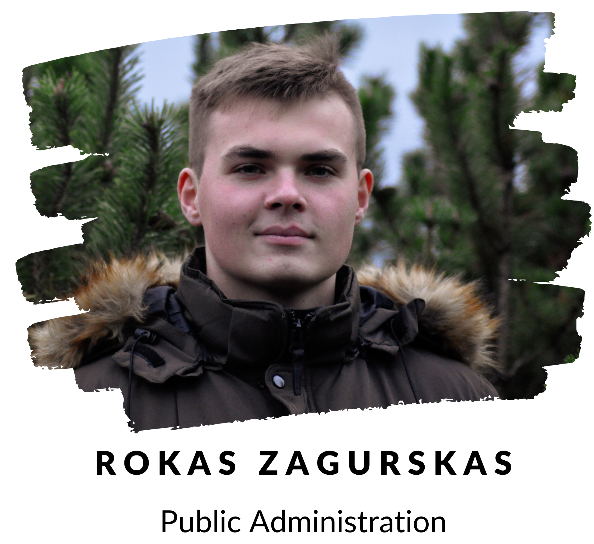
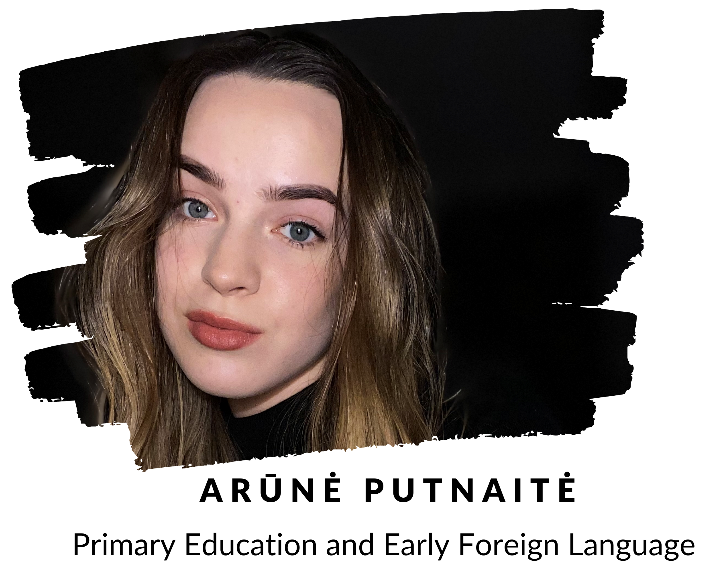
“There are many schools that don’t care much about plurilingual approaches. I believe that these schools are mostly in small cities. For example, I’m from Moletai, and I checked the three most important schools in our city, and none of them even have a bilingual website. I have also noticed that private schools are the ones that mostly provide LST, which seems unfair, because most families don’t have enough income to pay for private schools, tutors etc., so they mostly receive the usual public education which doesn’t give them the LST opportunities that other kids get.”
“It was nice to discover that all schools that were presented are more or less linguistically and culturally tolerant. My colleague Livija and I presented The Hague, Rijnlands lyceum that has a lot of things to be happy about; for instance, a multilingual curriculum, which allows the students to benefit from the local community links and connect their learning with the real world. This way, the school conveys an important message: we are proactive citizens of the world and the world is one big home for all of us, so let’s cooperate and respect each other for who we are.”
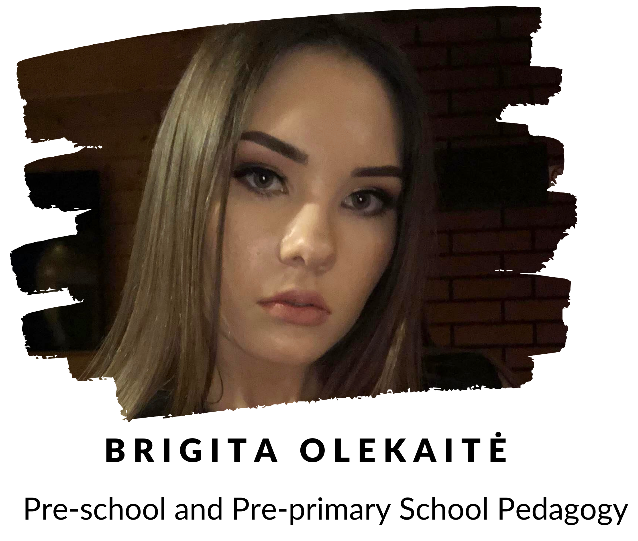

“Surprisingly, there are more multilingual schools in Lithuania than I expected, and most of the schools have bilingual webpages and social media. The schools that implement an international baccalaureate program, which is prepared and offered internationally, encourage kids not only to learn languages but also to develop tolerance towards other cultures. They also promote gender equality; for instance, in an international baccalaureate program, there are as many women authors as men, while in the Lithuanian national program, which is used in every other school, there are only three female authors. Foreign schools have yet a more varied curriculum than Lithuanian. For example, the Rijnlands Lyceum in the Hague has a vision to inspire the students to build a positive and open-minded community that respects its members. It represents a rich linguistic and cultural diversity of Europe with many students from various countries and does everything it can to make the student feel as comfortable as possible.”
“Plurilingualism is the main important tool for creating multicultural societies, starting from schools. Our project devoted to plurilingual attitudes in school websites and social media has revealed that there are many plurilingualism-friendly schools that are proactive in promoting and shaping a plurilingual environment. Their media is in different languages, such as English, French or even other languages taught in the school. They participate in different international programmes, for example, International Baccalaureate or Cambridge International School, they consider the importance of celebrating the European Day of Languages and tend to promote multiculturalism as a part of their communities by creating the necessary environment and involving students in active and well-rounded language learning.”

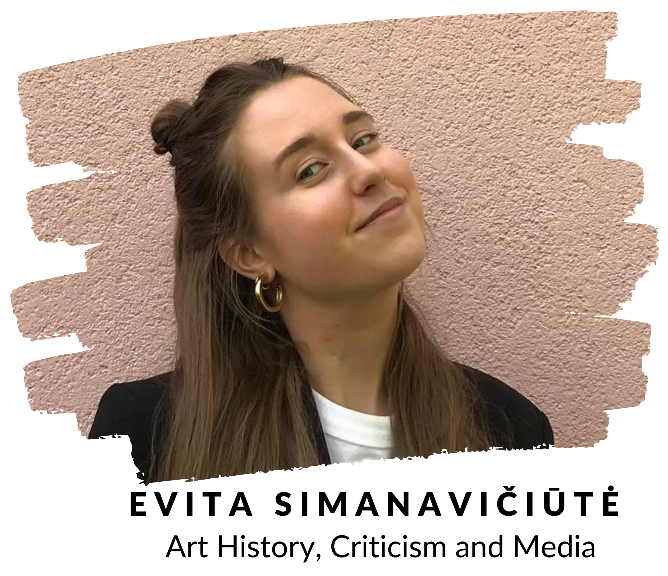
“In a recent English class, each of us had to choose a school and explore its webpage and social media regarding its plurilingual practices and LST. I learned a lot about the international projects carried out at the school. A lot of attention was also paid to foreign languages and multilingual projects: several foreign languages were integrated into various activities. It was also very interesting to listen to the presentation of my colleagues because everyone presented the information in an interesting way and I learned a lot of new things about how multilingualism unfolds and how it is fostered in different schools.”
“It looks like in most Lithuanian schools, languages are kept inside the walls of their respective classrooms and are not integrated into other subjects, projects and activities. This assumption was confirmed by the selection of schools that my colleagues made: most of us, including me, chose to investigate either a private school, a public school in Lithuania that follows a specific or more advanced curriculum, or a school abroad. This conclusion is alarming and means that we, as future teachers, will have to be the ones to bring the necessary change in this area.
I think that teachers from schools that do value the benefit of plurilingualism and adjust their teaching to be linguistically sensitive should demonstrate their results, share their knowledge and practical experience with other schools more actively and publicly, so that more children could become citizens of the world with the help of their school.”
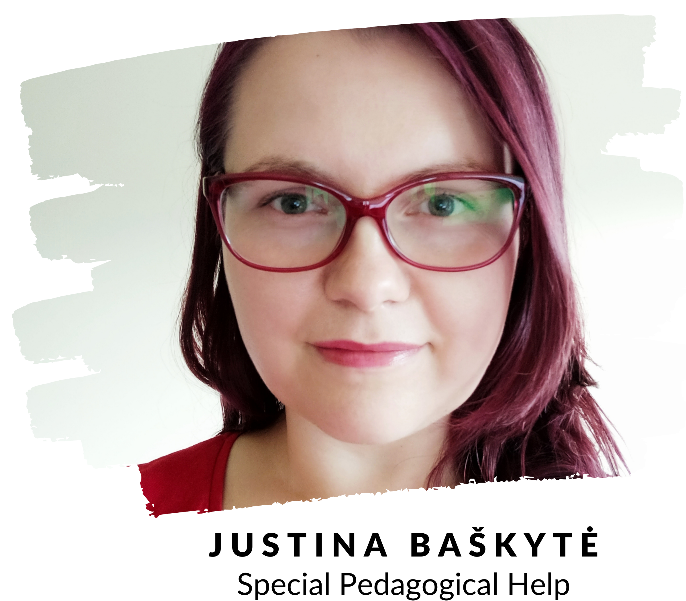
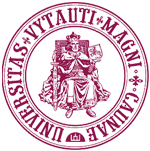
Written by Vilma Bijeikienė
Vytautas Magnus University, Lithuania



